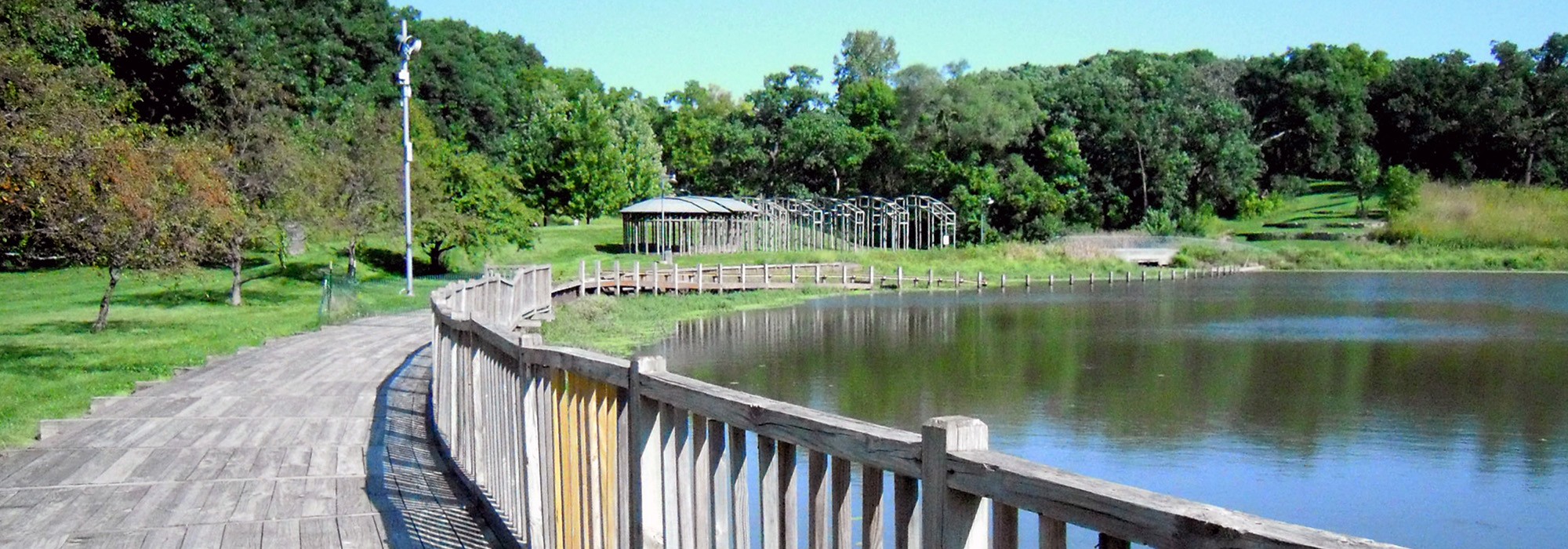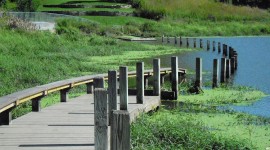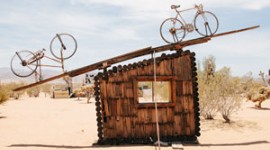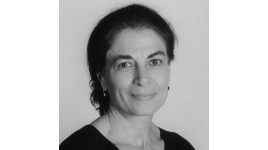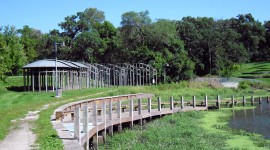Acclaimed Artist Mary Miss’ Renowned Land Art Installation "Greenwood Pond: Double Site" to be Torn Down by Des Moines Art Center
On December 1, 2023, the Des Moines Art Center (DMAC) Director Kelly Baum notified Mary Miss, an internationally acclaimed leader of the land art movement, that the DMAC plans to tear down one of the artist’s most significant commissions, Greenwood Pond: Double Site (1989-1996). The DMAC’s decision raises numerous legal and ethical issues and questions about the art center’s stewardship of the artwork and commitment to the artist. And it appears to violate the DMAC’s 1994 contract with the artist in which it pledged to “reasonably protect and maintain” the work, which was commissioned for its permanent collection and opened in 1996. In a statement to TCLF, Miss said Greenwood Pond: Double Site is “the only large-scale sited work of mine that is owned by a museum to date.”
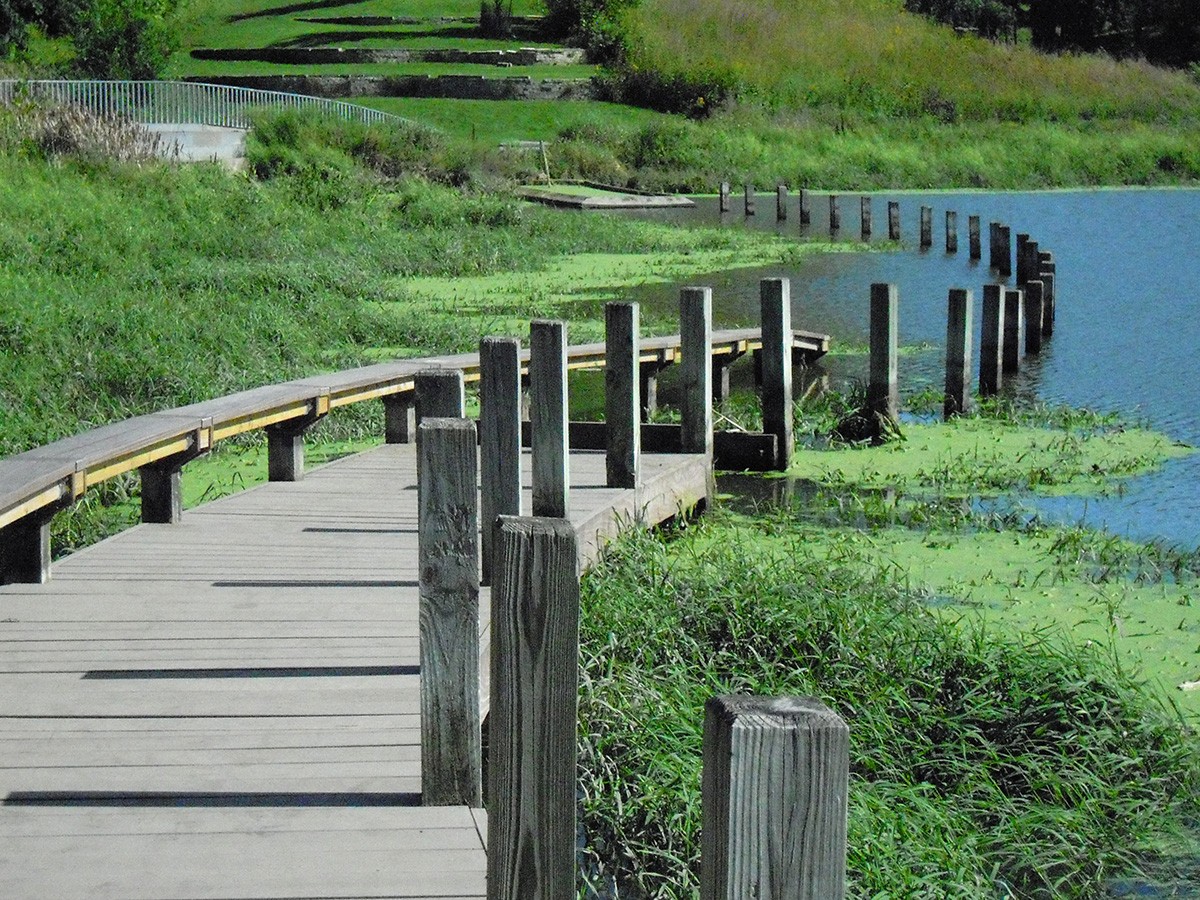
Most of Greenwood Pond: Double Site surrounds a 1.6-acre lagoon within a 6.5-acre section of the city-owned Greenwood Park, and is comprised of treated wood, metal mesh, concrete, and other readily available materials. In an October 20, 2023, Facebook post and an October 24 press release the DMAC announced that “public access” to the work has been “temporarily suspended” while it undergoes a “complete structural review,” and that a “timeline for reopening public access has not yet been established.” Shortly thereafter, and without meaningful consultation with the artist, Baum notified Miss of the planned demolition. Miss said she is “shocked that this [demolition] decision has been reached so quickly on the future of Greenwood Pond: Double Site.”

Greenwood Pond: Double Site was included in TCLF’s 2014 Landslide report and digital exhibition Art and the Landscape, which focused on eleven examples of land-based art threatened with demolition, neglect, poor maintenance, vandalism, and lack of funding. The 2014 designation helped the installation gain national media attention and attract more than $800,000 toward a $1.3 million “renovation” of the artwork and Greenwood Park, which led to its re-designation from “at-risk” to “saved.” However, given the DMAC’s recently stated intention to tear down the work, it has again been designated as at “at-risk.”

In its contract with Miss, the DMAC pledged to “reasonably protect and maintain the Project against the ravages of time, vandalism and the elements.” A Des Moines Register article on October 19, 1996, the day the work officially opened, noted: “As in many of her other outdoor projects, Miss has used the most basic of materials – treated lumber, metal mesh, steel, stone, and concrete, all easily repaired or replaced.”
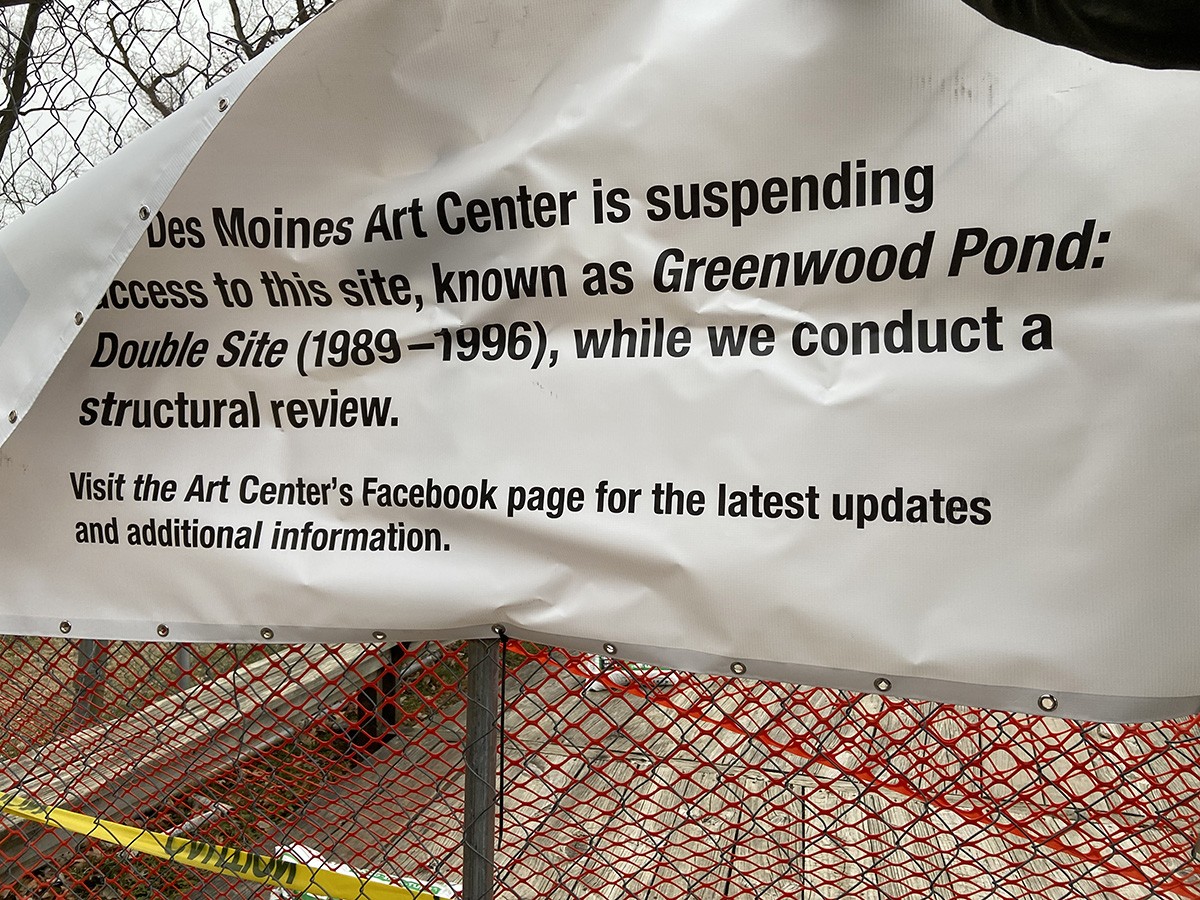
The DMAC's decision is particularly disconcerting because women artists and especially women land artists from the 1960s onward have long been overshadowed by men such as Robert Smithson, and others. As Miss told Baum in a December 3 email:
“Women’s lives and stories have endlessly been allowed to vanish so easily. This situation with the Art Center project makes me very uncomfortable to say the least. Would a man’s work—one of my colleagues’ who might so easily be considered a ‘master’—be allowed to disappear without a trace?
“Somehow I doubt it.
“It has taken a very long time for recognition of the accomplishments of women to surface. It would be so unfortunate to take a step backwards at this point in time.”
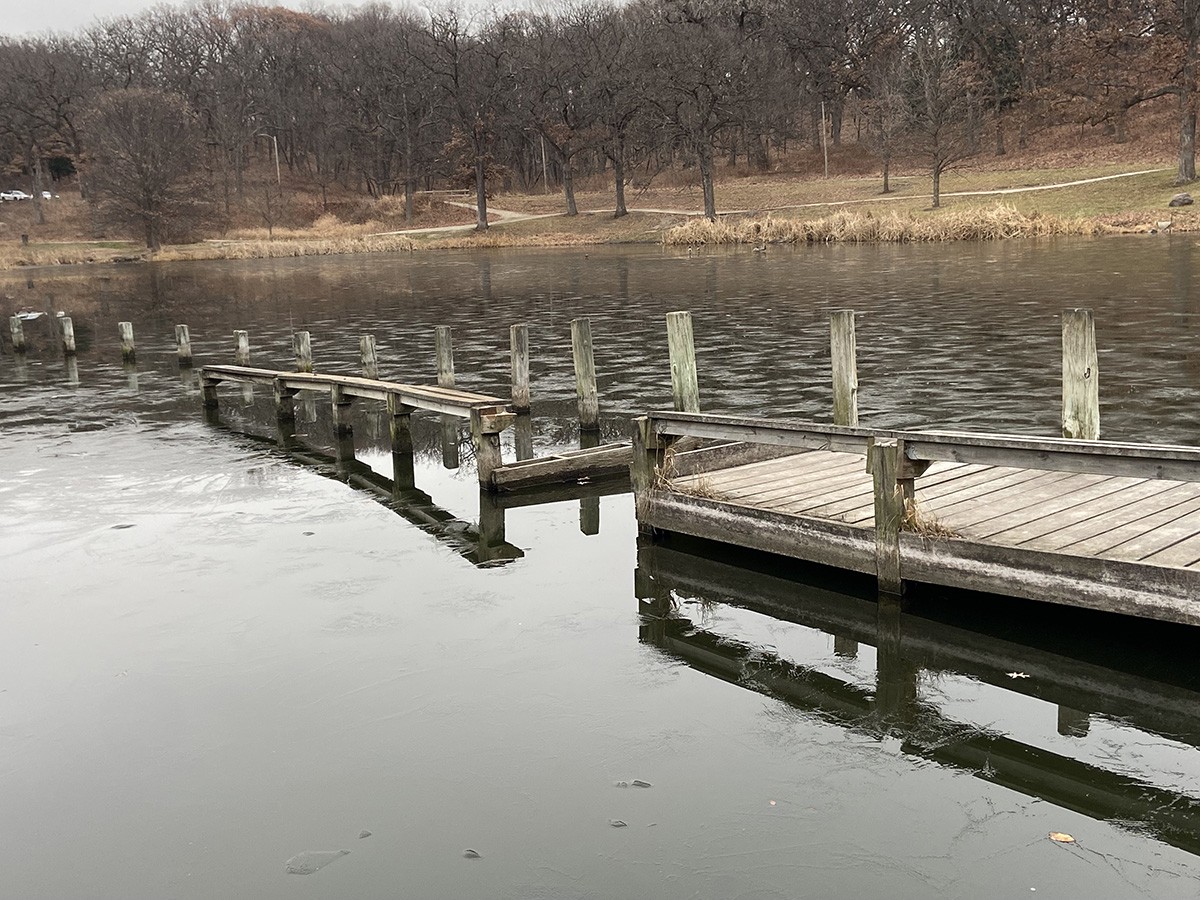
Given the intention to tear down the installation TCLF has many questions about the DMAC’s stewardship:
• What are the DMAC’s policies for deaccessioning (the process for removing artwork for a museum's permanent collection)?
• What alternatives to deaccessioning were considered and why was the artist not involved in that decision-making?
• As is standard in the field, why wasn’t Miss included as part of the “comprehensive team including the City of Des Moines, a structural engineer, and professional contractors among others [the DMAC engaged] to consider future plans” for the work?
• Was a “professional conservator” consulted, as required by the contract with the artist?
• What are the DMAC’s maintenance conservation protocols concerning permanent works in its collection and how were they applied to this artwork?
• How and why did the DMAC permit Greenwood Pond: Double Site to deteriorate to the point where demolition was thought to be the only option?
• Baum claims “rebuilding” the installation would cost $2.65 million; how was this estimate calculated?
• Has the DMAC looked into any funding sources?
• Does the tear down plan violate the DMAC’s contractual obligation to “reasonably protect and maintain” the work?
• Has the DMAC consulted with the Des Moines Founders Garden Club, which has been involved in the work since its inception and features the site on its homepage?
• Has the DMAC consulted other prior funders committed to the project?
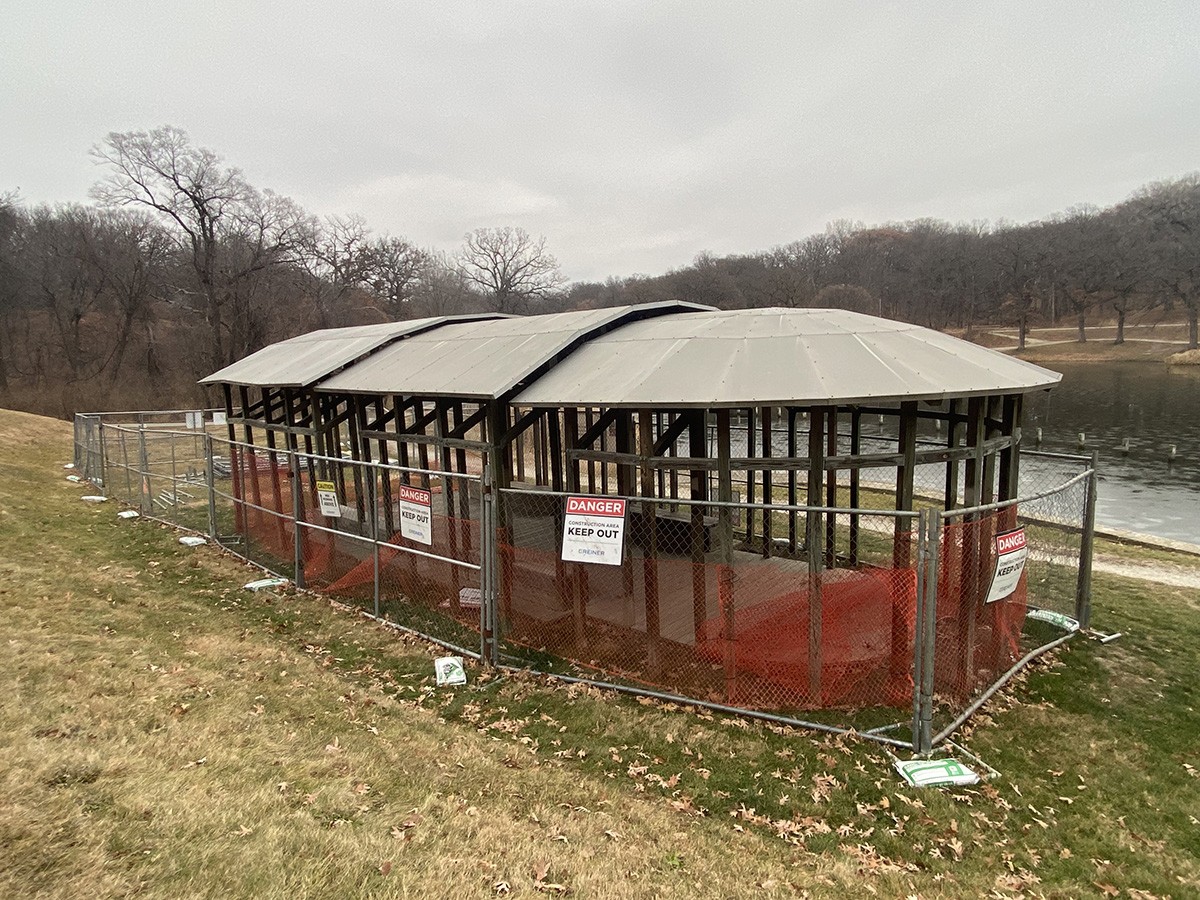
Critical context for Greenwood Pond: Double Site:
• Greenwood Pond: Double Site is Miss’ “most ambitious and complex work of the early 1990s – and perhaps the richest of her career to date,” according to Daniel Abramson, professor of European and American architecture at Boston University, in the essay Mary Miss and the Art of Engagement in the monograph Mary Miss (Princeton Architectural Press, 2004). He stated: it “represents the most complete expression of Miss’ collaborative, community-based approach to art.”
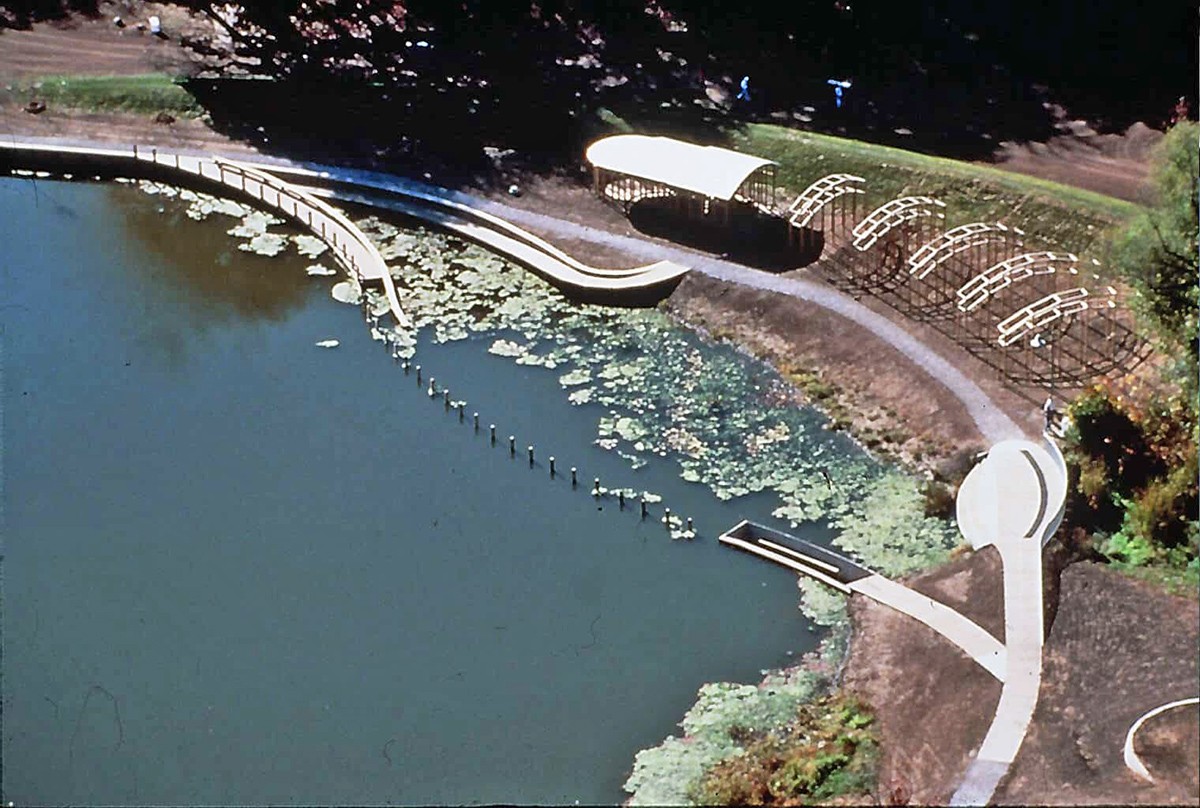
• “Greenwood Pond: Double Site is the first urban wetland project in the State of Iowa and also the first in the nation. It moves away from the notion of sculpture as ‘object’ and toward art understood and realized through its relationship with nature and outdoor space,” according to Jessica Rowe, former director of the Greater Des Moines Public Art Foundation, in the book An Uncommon Vision.
• In a 1999 DMAC video, art center trustee Gaylord Torrence said of the installation: “this is really a way that one could move art outside the walls of the museum and involve people that perhaps had never been inside” the museum.
About Greenwood Pond: Double Site
The installation features a multi-level gravel and boardwalk path system that curves along the edge of the pond, which is planted with wetland grasses, allowing visitors to explore the natural surroundings. To the south, a ramp diverges from the path to bring visitors down to the level of the pond before disappearing into the water. On the north side, another path also breaks away to enter the pond, where it transitions to a concrete-lined trough that allows visitors to descend until they are at eye level with the water’s surface. A series of structures throughout the site provide areas for gathering – these include a large, covered pavilion, a seating area, an arched wooden trellis, a small bridge pavilion, and a stepped stone terrace.
According to an October 19, 1996, Des Moines Register article, Miss was “one of several internationally known environmental artists who came to Des Moines in the late 1980s at the invitation of then-Des Moines Art Center Director Julia Brown Turrell to consider creating at site-specific work of art at a place of the artist’s choosing in Greenwood Park.” The museum selected Miss, Richard Serra, Bruce Nauman, and later Andy Goldsworthy, to develop works for the museum grounds in Greenwood Park, a 147-acre Picturesque park laid out by the Des Moines Parks Board in 1894, and the museum’s home since 1948.
Miss described her intent with the Des Moines commission: “Rather than place a sculpture as an object in the landscape, how could a work take the site, its history, ecology, social nature into consideration? And how could a museum begin to operate outside its walls, find new ways of involving people with art who might never step inside a museum? These were issues that were important to the museum at this time.” Of the Greenwood Pond location, she noted: “I was particularly taken with the idea of how this silt filled pond that was a socially problematic area for the community could be transformed into a demonstration wetland that would be a destination.”
The project was supported by the Des Moines Art Center with funds from the National Endowment for the Arts, Melva and Martin Bucksbaum, Carolyn and Matthew Bucksbaum, City of Des Moines, Des Moines Founders Garden Club, Herbert Lewis Kruse Blunck Architecture, George Milligan Memorial, Judy Milligan McCarthy, The Nathan Cummings Foundation, Norwest Banks N.A, Louise Noun, The Andy Warhol Foundation for the Visual Arts, The Science Center of Iowa, and McAninch Corporation. It also received the 1994 Garden Club of America Founders Fund Medal.
Unfortunately, this is not the first site by Miss in the Landslide program; two works were included in Landslide 2020: Women Take the Lead: Staged Gates in Dayton, OH, and South Cove in Battery Park City, N.Y.
About Mary Miss
Born in New York, Miss received a B.A. in art in 1966 from the University of California, Santa Barbara, and an M.F.A. in 1968 from the Maryland Institute College of Art, where she studied sculpture. She is a pioneer of the land art movement along with Nancy Holt, Athena Tacha, and Alice Aycock. She created her first temporary site-specific installations in the 1960s, later producing permanent works such as the environmental artwork Greenwood Pond: Double Site. Miss’ works are interdisciplinary, often informed by the history and ecology of their settings, and include elements of architecture, sculpture, landscape design, and installation art. In 2009 Miss launched the City as Living Laboratory (CALL) an initiative that encourages artists to collaborate with scientists, planners and other experts to create place-based artworks that engage the public with the environment and issues of sustainability. The inaugural project is Flow: Can You See the River? (2008-2014).
Miss has received numerous awards and honors including three National Endowment for the Arts fellowships; a John Simon Guggenheim Memorial Foundation Fellowship; the American Institute of Architect’s Medal of Honor; a Centennial Medal from the American Academy in Rome; and the New York Chapter of the American Society of Landscape Architect’s President’s Award, and an honorary doctorate from Washington University in St. Louis. In addition, her work has been exhibited at the Museum of Modern Art and the Whitney Museum of American Art (both in New York City); Harvard University (Cambridge, Massachusetts); and the Tate Modern (London, UK). Miss, along with Nancy Holt, Beverly Buchanan, and other artists were recently featured in the acclaimed 2023-24 Nasher Sculpture Center exhibition, Groundswell: Women of Land Art.
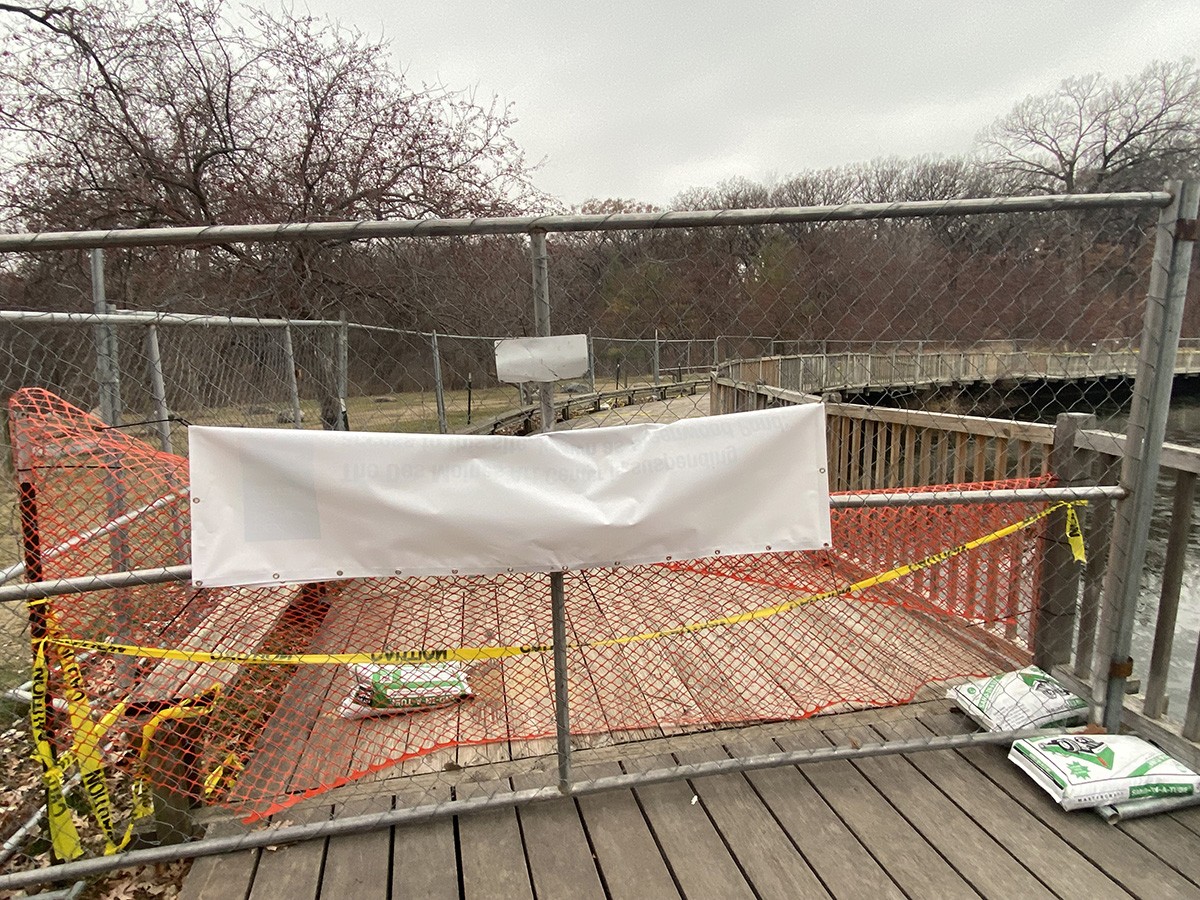
What you can do to help.
Please contact the following people to say you want the Des Moines Art Center to honor their legal obligation to properly steward Greenwood Pond: Double Site, a significant artwork by the acclaimed land art pioneer, Mary Miss, that is in their permanent collection. Call for a halt to the planned demolition and encourage consultation with the artist to explore ways to insure the future of this important artwork.
Ms. Kelly Baum, Director
Des Moines Art Center
4700 Grand Avenue
Des Moines, IA 50312
E: kbaum@desmoinesartcenter.org
Mr. Ben Page, Director
Des Moines Parks and Recreation
1551 E. Martin Luther King Jr. Parkway
Des Moines, IA 50317
E: brpage@dmgov.org



